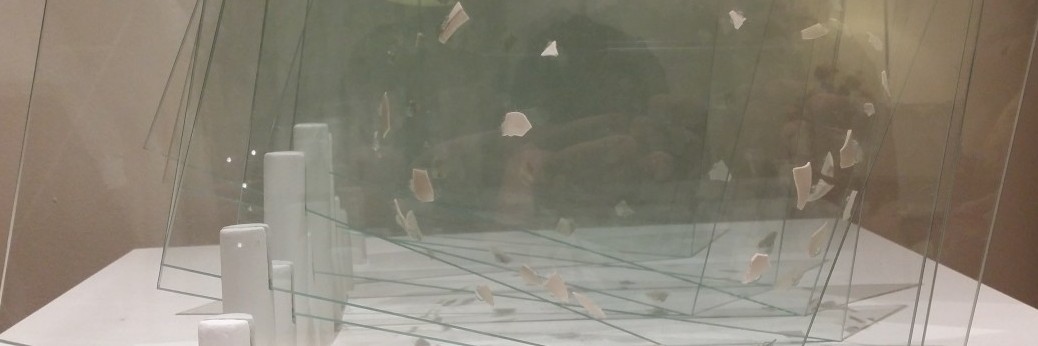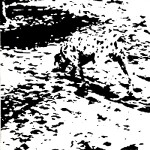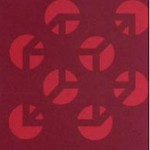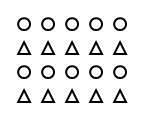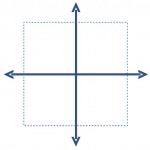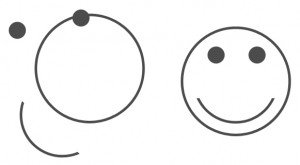What You See Is Not What You Get (WYSINWYG)!
As a student studying Ceramics At RMIT University in the 1990’s there was a strong emphasis on the Studio tradition arising from the practice of English potters Bernard Leech, Shoji Hamada and Lucie Rie. Significantly linked to the Japanese Studio Pottery tradition.I was strongly attracted to working with the clay itself particularly the dry and for me compellingly tactile characteristics of what we call Bisque Ware – low fired clay (1000 oC), not yet glazed. I felt that there was a significant emphasis in my training to make work that was glazed (essentially having a thin layer of glass on the surface) and that said work was not considered to be finished until it was glazed. Not being particularly in agreement with this position I set about engaging in a dialogue about the inherent alienation of the maker in having to cover the clay with glass.
I set about finding ways to “float ceramic pieces in glass boxes”.
I used what I knew of the study of Perception and Visual Psychophysics, from a Science degree (Psychology and Cell Biology) at Monash University.
I have produced work that in addition describing the alienation of the maker activates the viewer in ways that encourage the brain to complete objects that are not actually there.
Psychology and the study of Perception
per·cep·tion(pər-sĕp′shən)n. Recognition and interpretation of sensory stimuli based chiefly on memory. The neurological processes by which such recognition and interpretation are effected.
Gestalt Theory – The Gestalt Laws of Organisation
- Closure principle posits that we perceptually close up, or complete, objects that are not, in fact, complete.
- Proximity principle or contiguity posits that things which are closer together will be seen as belonging together. !!! !! !!!!!
- Similarity principle captures the idea that elements will be grouped perceptually if they are similar to each other.
- Area principle states that the smaller of two overlapping figures is perceived as figure while the larger is regarded as ground.

- Symmetrical figure principle is that it is seen as a closed figure. Symmetrical contours thus define a figure and isolate it from its ground.
[] [ ] [ ] [ ]
- Common fate principle states that elements tend to be perceived as grouped together if they move together.
- Good Gestalt principle: elements tend to be grouped together if they are parts of a pattern which is a good Gestalt, meaning as simple, orderly, balanced, unified, coherent, regular, etc as possible, given the input.
-
Continuity principle: oriented units or groups tend to be integrated into perceptual wholes if they are aligned with each other.
- Past experience principle: elements tend to be grouped together if they were together often in the past experience of the observer.
- Wanna see some more optical illusions?
- http://en.wikipedia.org/wiki/Visual_illusion
- http://persci.mit.edu/gallery
References
{1} www.users.totalise.co.uk/~kbroom/Lectures/3gs.htm Retrieved 8 February 2014.{2}, {3} Gestalt principles of form perception. Soegaard, Mads (2005). Retrieved 9 February 2014.
{4} www.users.totalise.co.uk/~kbroom/Lectures/gestalt.htm Retrieved 9 February 2014. {5} Dejan Todorovic (2008), Scholarpedia, 3(12):5345 Retrieved 8 February 2014.